Intel Xeon E3-1200 v7 Will Become Xeon Entry (Xeon E), Possible Intel with Radeon Graphics Launch
by Ian Cutress on November 28, 2017 1:00 PM EST- Posted in
- CPUs
- Intel
- Xeon
- Enterprise
- Enterprise CPUs
- E3-1200
- Xeon E
- Xeon-E
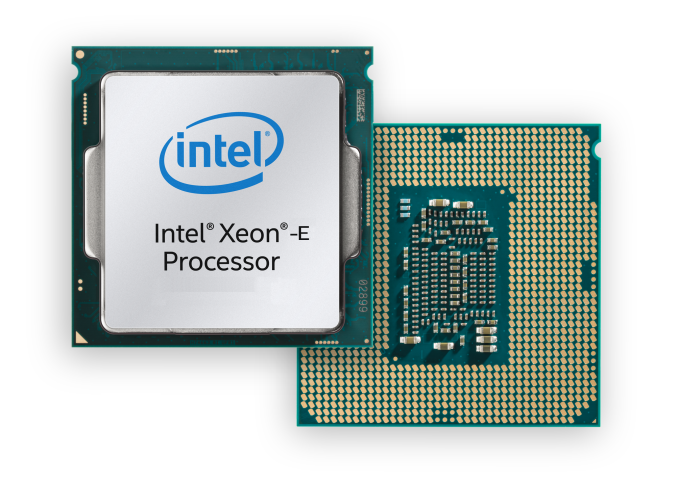
The last 12 months have seen an upheaval of Intel’s enterprise processor naming scheme, with a distinct mix of positive and negative responses. In previous years, Intel followed a naming scheme that provided the processor positioning, some of the features, the generation, and if it was a special sub-type all in one number, which scaled from the bottom of the stack to the top. This scheme had been in place for five or six generations, but was then flipped on its head when Intel announced the change of the Xeon E5 and E7 processor lines to the Xeon Scalable Platform, Xeon-SP, using heavy metals as the naming. More recently, the workstation-focused Xeon E5-1600 line was also renamed to Xeon W, for workstation.
We have learned from separate sources that in the early part of next year, the next generation of entry-level Xeon E3-1200 processors will also be renamed to Xeon E, with E for entry. This is best summed up in a table showing how the naming scheme has changed from generation to generation:
| Intel Xeon Naming Strategy | ||||||||
| SNB | IVB | HSW | BDW | SKL | Future | |||
| Servers | E7-8000 | 'v1' | v2 | v3 | v4 | Xeon SP Platinum Xeon SP Gold Xeon SP Silver Xeon SP Bronze |
||
| E7-4000 | 'v1' | v2 | v3 | v4 | ||||
| E7-2800 | 'v1' | v2 | - | - | ||||
| E5-4600 | 'v1' | v2 | v3 | v4 | ||||
| E5-2600 | 'v1' | v2 | v3 | v4 | ||||
| E5-2400 | 'v1' | v2 | v3 | - | ||||
| Workstations | E5-1600 | 'v1' | v2 | v3 | v4 | Xeon W | ||
| E5-1400 | 'v1' | v2 | v3 | - | - | - | - | |
| SNB | IVB | HSW | BDW | SKL | KBL | CFL | ||
| Mobile | E3-1500M | - | - | - | - | v5 | v6 | Xeon E |
| Consumer | E3-1200 | 'v1' | v2 | v3 | v4 | v5 | v6 | Xeon E |
| Comms | E3-1100 | 'v1' | v2 | - | - | - | - | - |
| Network | Xeon-D | - | - | - | D-1500 | 2018 | ||
Aside from some minor nuance in the numbering system, from Sandy Bridge to Broadwell the naming scheme had been stable, with each generation clearly marked and the processor number essentially detailed what sort of server it was: anything that started E5-2 was up to dual socket, E5-4/E7-4 was up to quad socket, and E7-8 was octa-socket, which each segment getting options from low numbers of cores to high numbers of cores. With the new naming scheme, Platinum is octa-socket, Gold is quad-socket (split into two variants depending on QPI links) and Silver with Bronze are both low core count dual-socket only. With the old system, if only a dual socket server was needed but with high core counts (or high memory), the system only needed processors capable of dual socket implementations. Today, the system needs to hold a Platinum if you want 28 cores, even in dual socket configurations.
Intel introduced the Xeon-SP and Xeon-W naming with Skylake, when the enterprise processors were almost two generations behind the more consumer focused E3 processors. At the same time we had Xeon-SP, which should have been the v5 series, Intel already had the E3-1200 v6 family on the market, with both mobile and socketed processors. Needless to say, this old numbering is system is now ‘off message’ compared to the rest of the product stack, and so are being brought into line by changing these processors to Xeon E. Specifically these will be the Xeon E-21xx series, matching the Xeon W-21xx series in numbers but being completely different with the microarchitecture underneath.
When Intel launches the processors, expected in the first half of next year, OEMs will be re-releasing their current entry level Xeon machines with ECC support using the new processor naming scheme, as well as undertaking a consumer re-education strategy to ensure that customers know what processors are being talked about. Most of the product info we have so far relates to the mobile processors, although OEMs have confirmed to us that it applies to the socketed parts as well.
In the public list last week of new Intel processors, the following mobile part numbers made an appearance:
- Xeon E-2176M
- Xeon E-2186M
M indicates the mobile family, and these parts are also given the ‘(Coffee Lake-H)’ description, showing that they are replacing similar Xeon E3-1500M v6 parts that were built as 45W Skylake-H.
First Launch of Intel with Radeon Graphics?
Ever since Intel formally announced that it was buying chips from AMD’s Radeon Technology Group to build an Intel processor with an onboard AMD graphics chip, the wire has been abuzz of how this product will be sold and marketed. As Ryan and I discussed in our latest podcast, given Apple’s desire for products like Crystalwell with powerful integrated graphics and their relationship with AMD, a combination Intel with Radeon Graphics product sounds like a shoe-in for a future Apple device. For the previous Crystalwell parts, Intel made a small handful of consumer and Xeon parts to begin with, and it would seem that according to the leak that Intel may potentially be putting a foot forward with a Xeon chip to be the first with Radeon Graphics.
In the leak, it lists:
“Intel Xeon E-21xx(G) (aka Coffee Lake-S WS)”
So up until this point, the common theory is that the product being developed at Intel was nominally called ‘Kaby Lake-G’, with G for graphics. Looking at both the renders and supposed image leaks of the new chip, and by counting pixels for known die sizes, Ryan and I postulated in the podcast that we were dealing with a 6+2 Coffee Lake processor, perhaps paired with ~24 compute units of graphics in a single chip, which would fit in nicely with both a Xeon processor and something Apple might be interested in. The fact that it says ‘Coffee Lake-S’ would pay a dividend to the idea that it will be Coffee Lake based. Whether this is socketed or not, we do not know, although the fact it is 'CFL-S' usually does mean a socketed processor.
Of course, a number of users are hoping that the Intel with Radeon Graphics processors will make their way into the land of the consumer desktop. Still no obvious word on that front yet, and we might hear more at CES in the new year.
Related Reading
- Intel 8th Generation and 9th Generation Processor Lists Leaked
- The AnandTech Podcast, Episode 42: Intel with Radeon Graphics
- Intel to Create new 8th Generation CPUs with AMD Radeon Graphics with HBM2 using EMIB
- Intel Launches Xeon-W CPUs for Workstations: Skylake-SP & ECC for LGA2066
- Intel's Skylake-SP Xeon versus AMD's EPYC 7000 - The Server CPU Battle of the Decade
| The AnandTech Buyers Guide Series | ||||
| Best Gaming CPUs |
Workstation CPUs |
Best SSDs |
Best Gaming GPUs |
Motherboards |
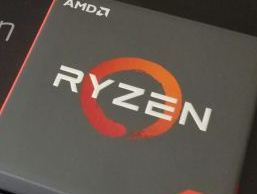 |
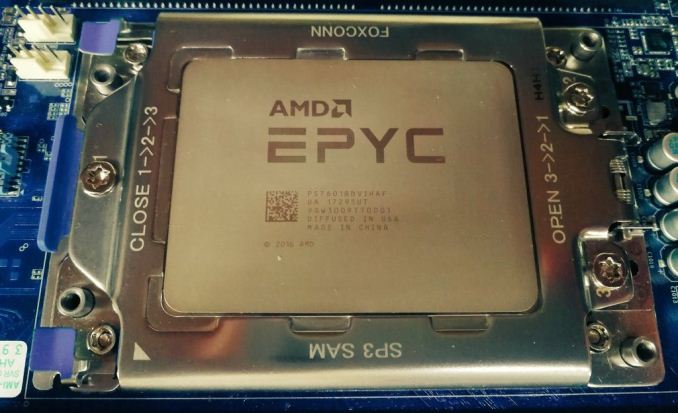 |
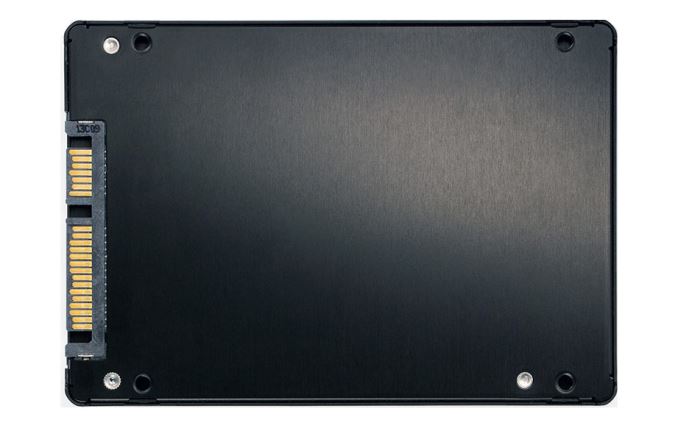 |
 |
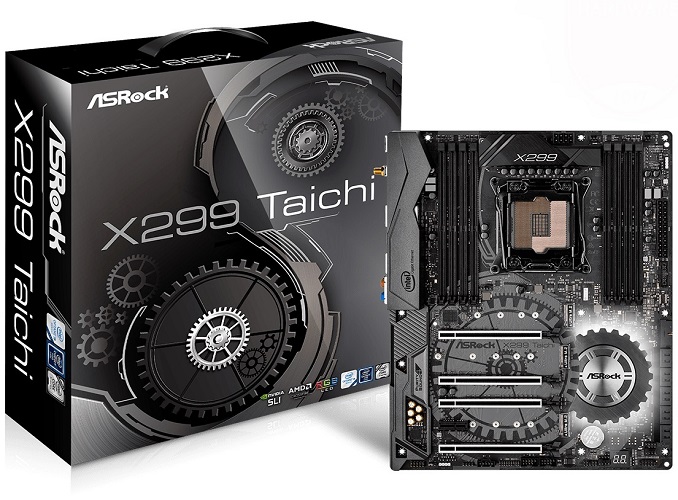 |
| Best Gaming Laptops |
Productivity Laptops |
Best HDDs |
Mechanical Keyboards |
Best Power Supplies |
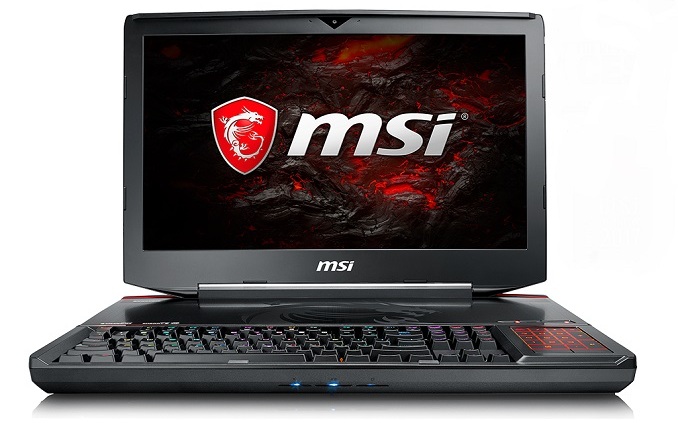 |
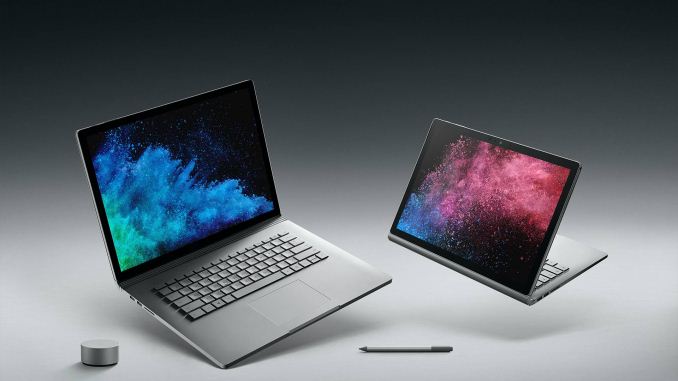 |
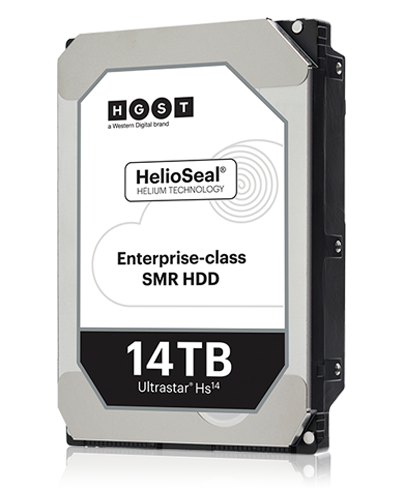 |
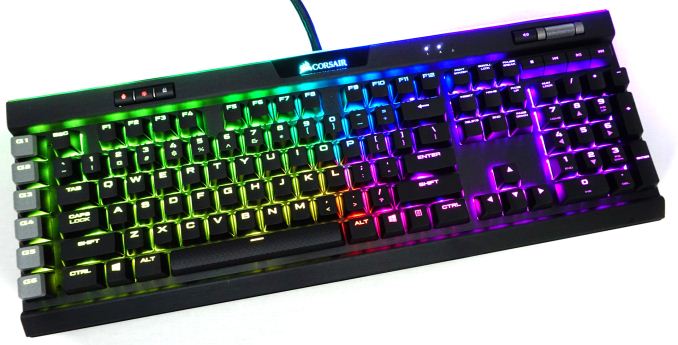 |
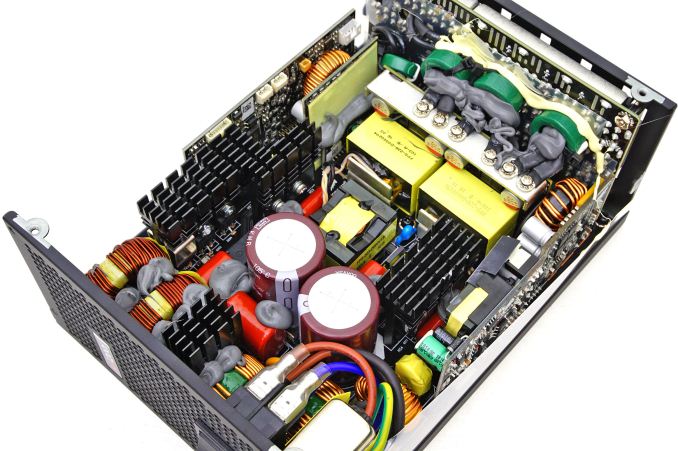 |











8 Comments
View All Comments
HStewart - Tuesday, November 28, 2017 - link
I don't believe that the chip has Radeon Graphics processors in it - the reason why I stated that is I don't believe the packing on motherboard has change to included the special packing used for board that I believe is for new Intel NUC.,Ian Cutress - Tuesday, November 28, 2017 - link
Anton said the same when we were discussing it. If it's BGA, it doesn't particularly matter, and can have its own set of sockets. If it were ever coming to LGA, it would probably need something other than LGA1151. Xeons now run on their own separate chipsets too, so it's not as if anything we've seen so far would be able to take them.Valantar - Tuesday, November 28, 2017 - link
Intel does love socket, chipset and platform changes for far less reason than this. Still, wouldn't this require a significantly larger substrate than the regular 115x substrates to fit the GPU and HBM (from the looks of the render, they won't stack neatly into a ~square form with any form of ease) leading to either a) a separate socket for only this line of products, or b) oversized and unnecessarily complex sockets for all related Xeons?HStewart - Wednesday, November 29, 2017 - link
The problem I see is that is such a specialize packaging and for it to support both with graphics and since Xeon's are mostly server CPU's - most will not need graphics. I only see this graphics needed in workstation environment.My guess if they do this it will be only mobile Xeons.
Jaybus - Thursday, November 30, 2017 - link
While servers don't need graphics, it would add OpenCL capability while staying within a fairly low power envelope and 1U form factor, so it could still have application in a server environment.AdditionalPylons - Monday, December 4, 2017 - link
The use case for Xeon E3 is very often desktop workstation and not servers (which was E5/E7 in the old names, can't remember the new silver/gold and number jargon), so having better integrated graphics in this series is not too surprising. And as already mentioned it is also usable in some server workloads with OpenCL.bananaforscale - Thursday, November 30, 2017 - link
Hmm, a Xeon system with iGPU Crossfire? :Dnanoflooder - Sunday, March 25, 2018 - link
A mistake in the table: Xeon E7 v1 was Nehalem/Westmere, there were no Sandy Bridge E7s